The Empress Regnant: Four Great Female Rulers
James Lau
Posted on May 28, 2024
Share:
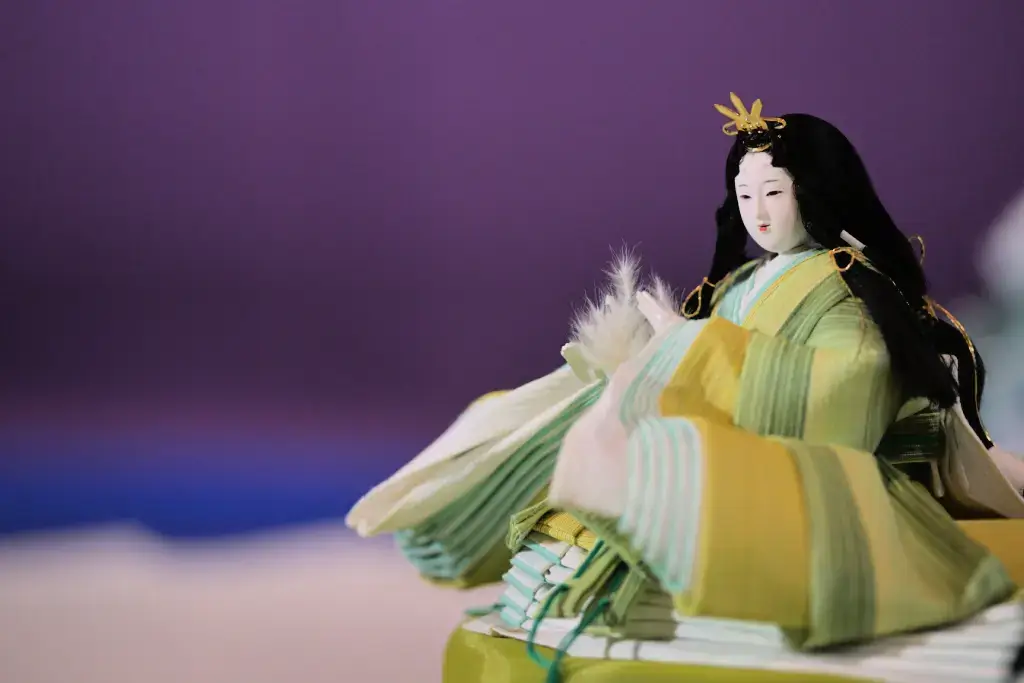
Throughout history, Japan has seen empresses regnant who sat on the throne and ruled with their own power. These powerful women played essential roles in shaping Japan’s cultural and political landscape. Let’s look at some of these powerful women’s lives and how the pregnant empress played a role in society!
What does “empress regnant” mean?
In Japan, a female emperor is the josei tenno or “empress regnant.” Throughout history, eight women have served as emperors. These women ruled when there were no suitable male heirs or when they were too young. These female emperors were often temporary rulers, holding the throne until a male successor was ready. All female emperors in Japanese history belonged to the paternal line of the imperial family.
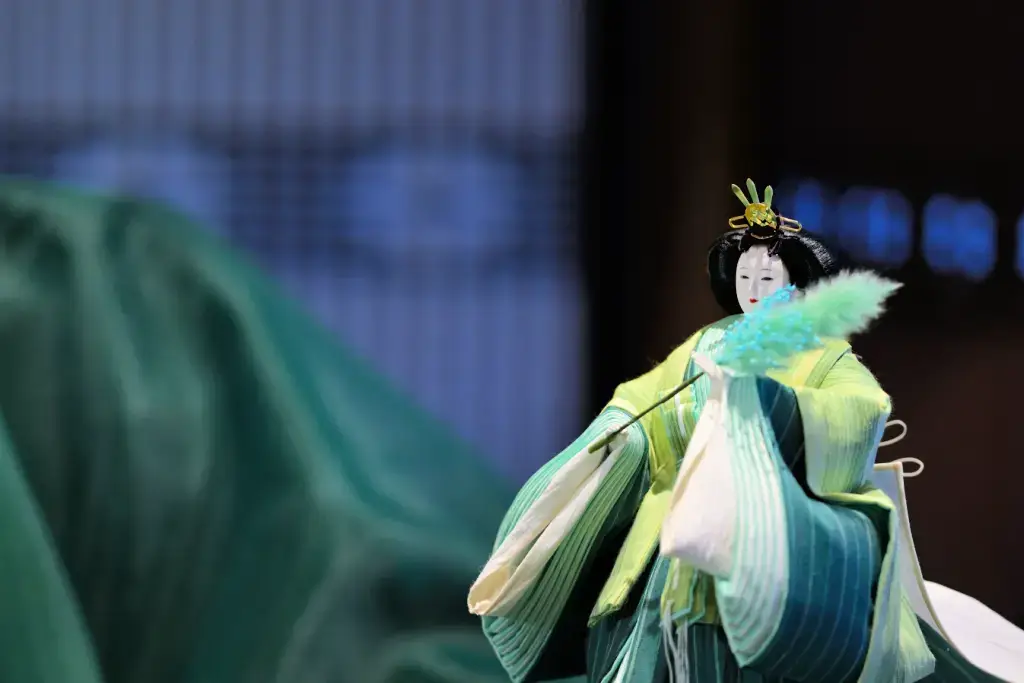
The difference between an “empress regnant” and an “empress” is that an empress regnant is a woman who rules in her own right, while an empress is an emperor’s wife. Today, women are not allowed to become emperors because the law specifies only men from the paternal line can inherit the throne. This rule was created to maintain male-line succession. However, recently, there has been some discussion about changing this law.
Suiko
Empress Suiko was Japan’s first recorded female ruler. She was the daughter of Emperor Kimmei and the wife of Emperor Bidatsu. After her brother’s assassination, Suiko rose to the throne with her nephew, Crown Prince Shōtoku, acting as her regent. During her reign, Buddhism became established in Japan. Suiko also promoted Chinese culture, introduced the calendar and government systems, and strengthened the emperor’s power.
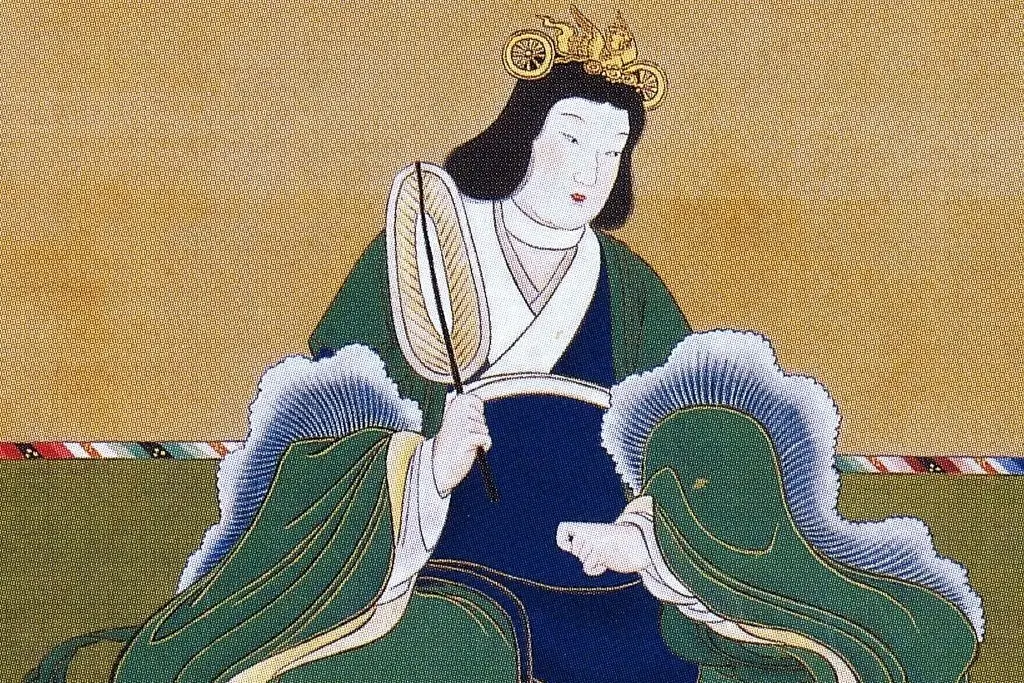
Suiko is also famous for contributing to Japan’s cultural and religious development. In addition, she supported the spread of Buddhism and the building of temples. Under her rule, China recognized Japan diplomatically, increasing Chinese influence in Japan by introducing new technologies, arts, and the bureaucratic system. Empress Suiko died on April 15, 628 CE.
Go-Sakuramachi
Empress Go-Sakuramachi became Japan’s 117th ruler following the death of her brother, Emperor Momozono, in 1762. She ruled until 1771, acting as a caretaker for her nephew, who was too young to ascend the throne. As empress, she promoted Buddhism and reinforced the emperor’s power. After nine years, she stepped down, and her nephew, Emperor Go-Momozono, took the throne.
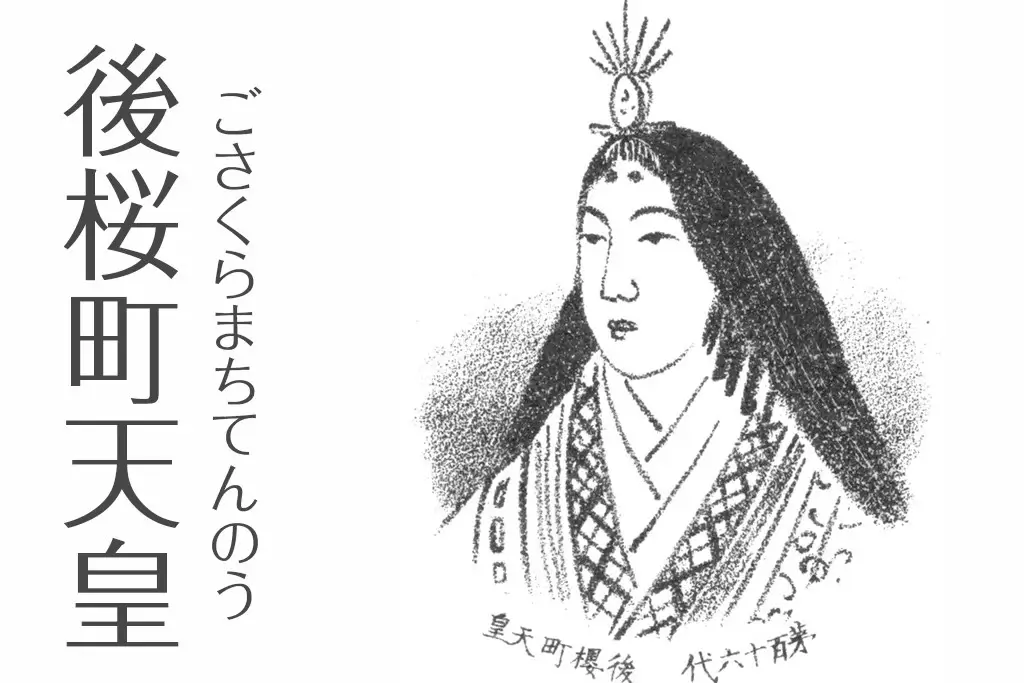
Go-Sakuramachi remained influential even after she left the throne. She made great contributions to Japanese culture, including her literary works. Her leadership maintained stability and strengthened the imperial line. Empress Go-Sakuramachi passed away at the age of 73. Today, she is the last female emperor in Japan’s history, a topic of interest due to current debates on imperial succession.
Are you looking for great Japanese snacks? Check out Sakuraco! Sakuraco delivers traditional Japanese snacks, teas, sweets, and snacks from local Japanese makers directly to your door so you can enjoy the latest treats from Japan!

Genmei
Empress Genmei was Japan’s 43rd ruler and reigned from 707 to 715 CE. She took the throne after her son’s death and declared herself empress to secure the throne for her grandson, Prince Obito. Genmei’s reign was marked by cultural developments, including creating Japan’s first coins, moving the capital to Nara, and completing the Kojiki. Eventually, she chose her daughter, Empress Genshō, as her successor instead of Prince Obito.
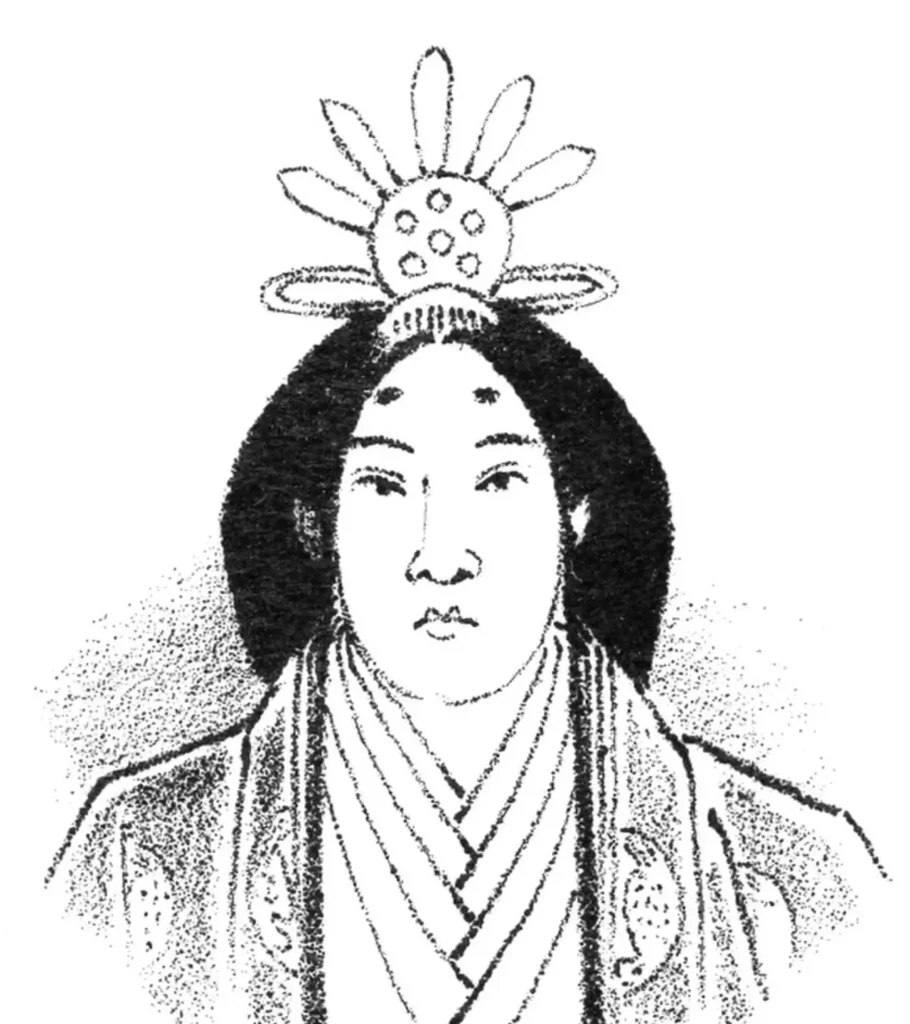
Genmei abdicated in 715 but remained an influential figure in the government until she died in 721. She was famous for her solid yet moderate leadership, enforcing laws to strengthen the emperor’s and central government’s authority. Overall, her efforts helped shape a sense of national identity and reinforced the legitimacy of the imperial clan.
Gensho
Empress Genshō ruled Japan from 715 to 724 CE. She was the daughter of Empress Genmei and Prince Kusakabe and ascended the throne after her mother’s abdication. Genshō’s reign was notable for implementing the Yōro Code, strengthening the central government’s control over Japan. She also commissioned the Nihon Shoki, a detailed history of Japan completed in 720 CE.

During her reign, Genshō continued the cultural growth initiated by her mother. She was vital in centralizing the Japanese state and enhancing the imperial bureaucracy. Her efforts created a national identity and a more substantial imperial authority. However, Genshō never married or had children, and after her nine-year reign, she abdicated in favor of her nephew, Emperor Shōmu. She continued to influence the state until she died in 748 CE.
Why is the empress regnant important in Japanese history?
The empresses regnant of Japan have left a mark on the country’s history, serving as leaders during times when male successors were unavailable. Empress Suiko, who helped spread Buddhism, and Empress Genmei, who oversaw cultural advancements, played influential roles. Their reigns stabilized the throne during transitional periods and contributed to Japan’s cultural and political development for future generations.

Today, their stories highlight the potential for strong female leadership and challenge traditional views on succession in Japan. As discussions about revising the laws of succession progress, the historical contributions of these empresses serve as reminders of the impact women can have! Did you know about the empress regnant? Do you think that Japan should allow women to rule? Let us know in the comments below!

Discover authentic flavors with Sakuraco
Get Sakuraco 

Discover authentic flavors with Sakuraco
Get Sakuraco 
Related Articles

Japanese Crane Origami: The Magic of Renzuru
In Japan, a simple paper crane carries deep meaning as a symbol of peace, healing, and hope. But take that one crane and connect hundreds into a flowing chain, and you create renzuru, linked origami cranes that transform a single fold into a breathtaking arrangement of color and hope.

Steam Train in Shizuoka: Riding the Oigawa Railway
For travelers who love history, beautiful views, and cozy retro vibes, this steam train is one of Shizuoka’s most charming treasures, with some of the best views. If you want to know more about this train, keep reading below!

Nara Japan: The Amazing Legend of the Sacred Dragon
In Japanese culture, dragons are spiritual beings that represent strength, prosperity, and a harmonious balance with the natural forces. Nara, Japan, has a unique story associated with sacred ponds and revered shrines throughout the region.

Nambu Tekki: Morioka’s Amazing Iron Craft
In the historic city of Morioka, Iwate Prefecture, a craft with over 400 years of history continues to captivate with its rustic beauty and practical charm. Nambu tekki, or Nambu cast iron, refers to traditional ironware, such as teapots, kettles, and decorative pieces, that embody the spirit of Tohoku craftsmanship.


